- Home
- slideshows
- miscellaneous
- 23andMe opened a fake house in NYC where you can meet your genes - take a look inside
23andMe opened a fake house in NYC where you can meet your genes - take a look inside
Walking in, we saw a series of colorful stalls arranged in a style that you would typically see in a modern art museum.

The first thing you see is a large poster that teaches you what DNA is and what it can tell you about yourself.
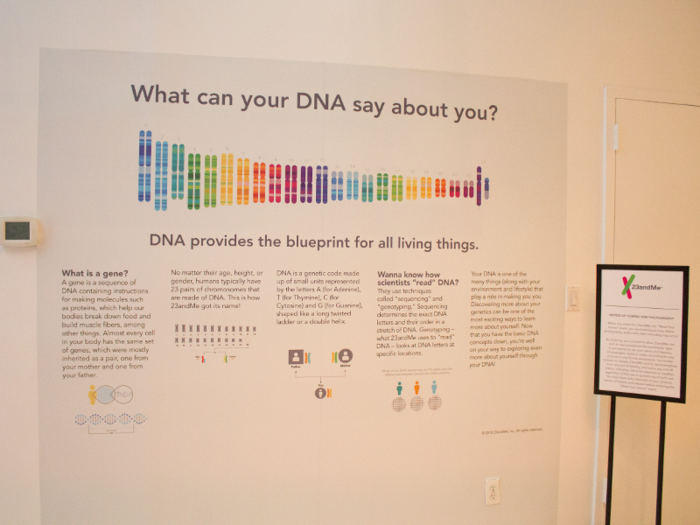
Each stall is fashioned after one specific gene that correlates to an array of traits. The first bright orange stall, detailing a bedroom, highlights the BTBD9 gene, which is associated with sleep-related movements.
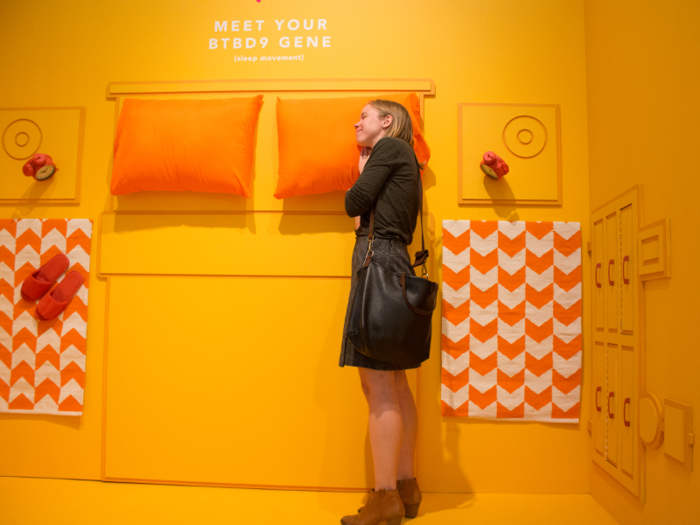
You can also walk around the stations and open up flaps on doors to learn more about the gene and its function.
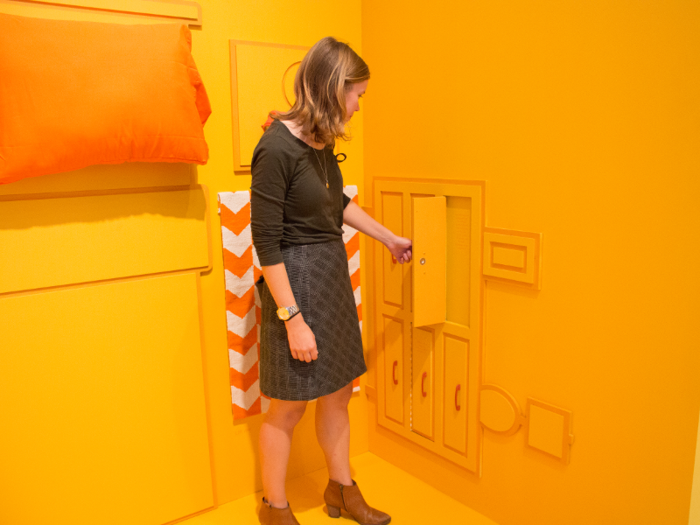
On the outside of the cube, there's a board that gives you a brief overview about the trait.
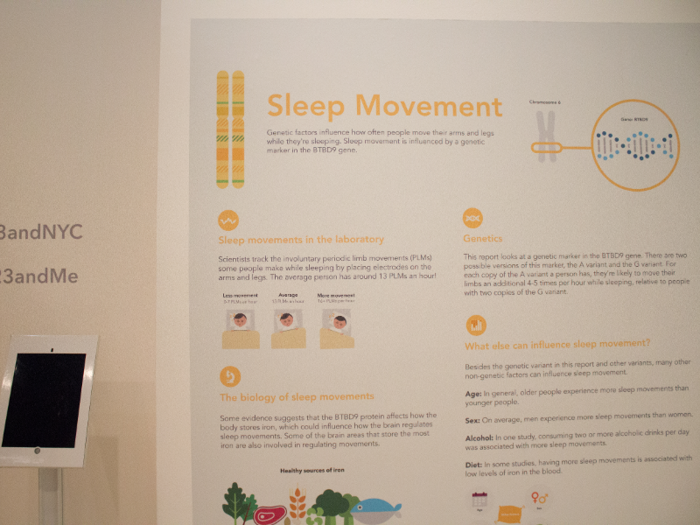
The next stall we stopped at was fashioned after a kitchen, and the stars of this cubicle were the HLA-DQA1 and HLA-DQB1 genes, which are implicated in Celiac disease, a condition in which the body reacts to eating gluten, a protein found in wheat and other grains.
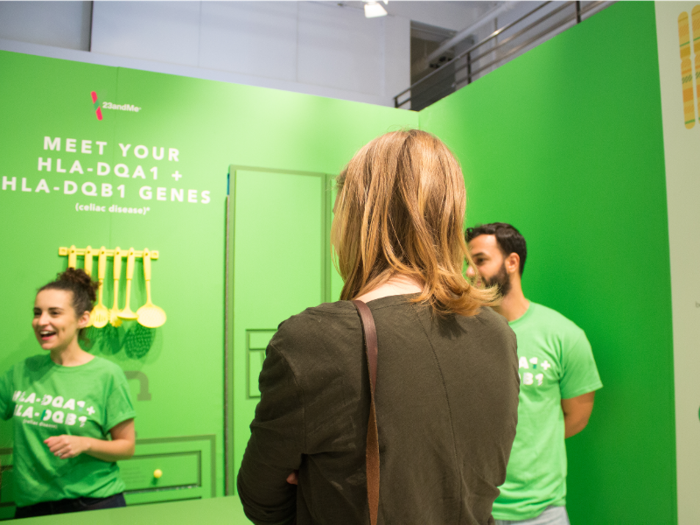
In additional to interactive drawers and cubbies you can pull out, the false oven in this exhibit also holds a tray of gluten-free cookies that you can enjoy.
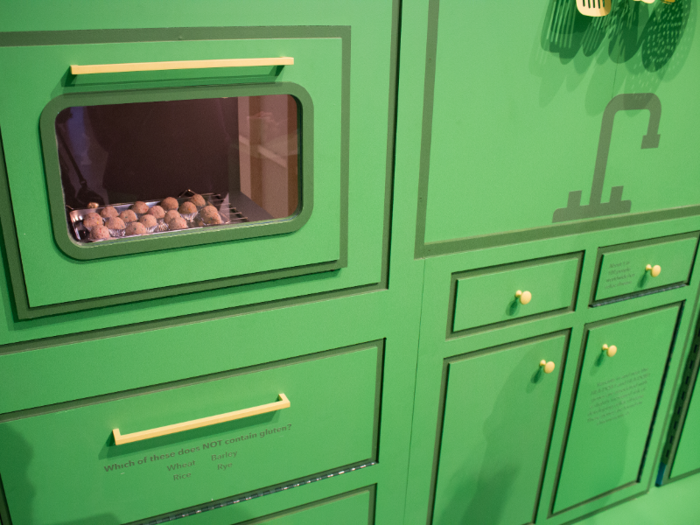
At each stall, there were staff members who told us more about the specific gene and its functions. They also help guide you through the exhibit. The 'fridge' in the kitchen opened up into the next exhibit.
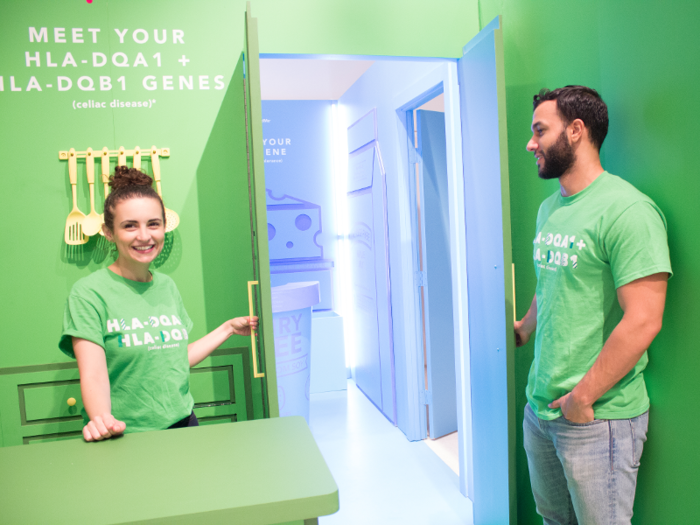
The 'fridge' held the exhibit centered around the LCT gene. A mutation in this gene can result in lactose intolerance in humans.
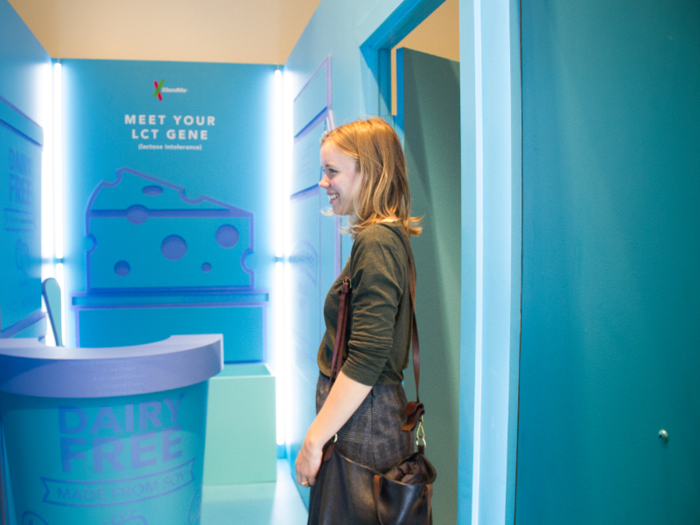
We learned that lactose intolerance is a trait that humans can be born with, but it can also develop as we age. We also learned that fermented dairy products like aged cheese — cheddar and parmesan for example — contain the least lactose, so they're not as bad for those who are lactose intolerant.

The next station is styled like a gym, and that's because it showcases the ACTN3 gene, which is in charge of muscle composition. It can tell you if you have a genetic predisposition for certain types of sports like sprinting. It reminded me that when I took the test, I learned that I'm not predisposed to be a sprinter.

Source: Business Insider
The next stall is coffee themed, and there's a coffee bar complete with a barista at this station.
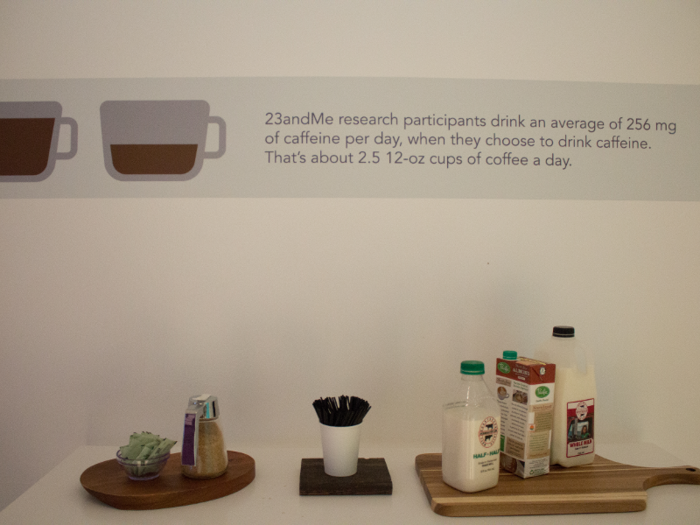
That's because this station is centered around the CYP1A2 gene. This gene can predict how much coffee you drink a day, since it controls how the body metabolizes caffeine.
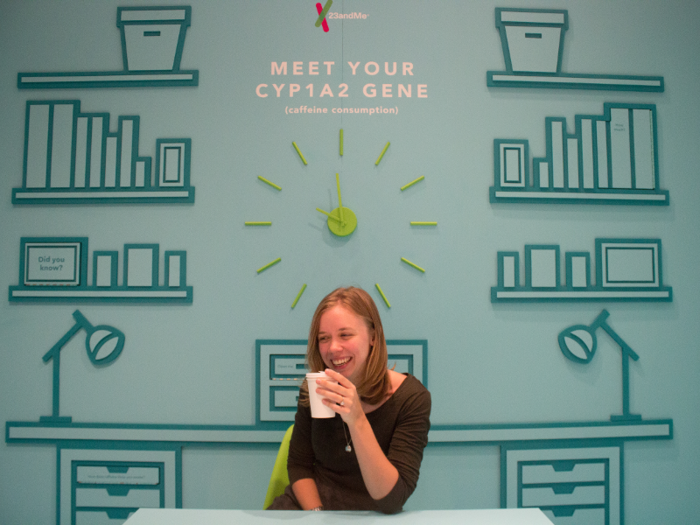
Before we left, we stopped to take one last photo, with props that showed us the link between DNA and hair.
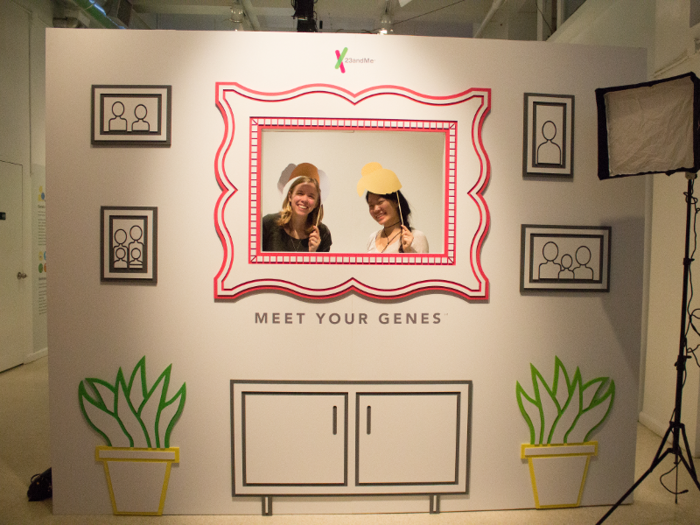
It's important to note that although genes are important, they don't tell the whole story. They're a good starting point for laying out the plan to our body's architecture, but this basic outline isn't set in stone. Studies done with twins have shown that epigenetics, or the influence of environment and lifestyle, can also have an impact on how physical traits manifest.
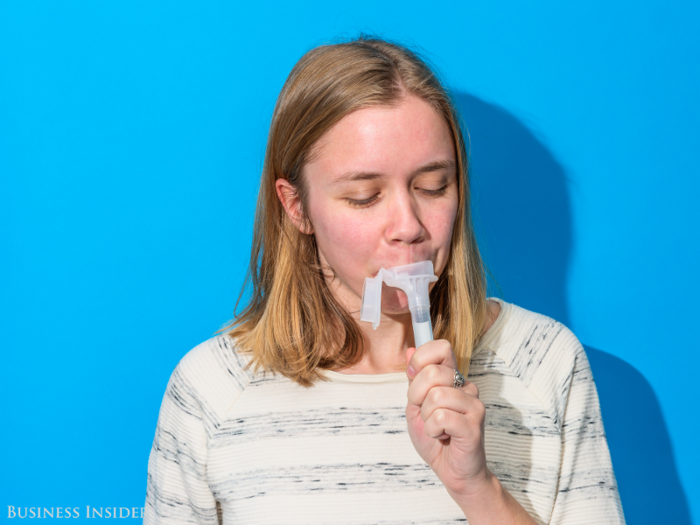
Source: Business Insider
Popular Right Now
Popular Keywords
Advertisement